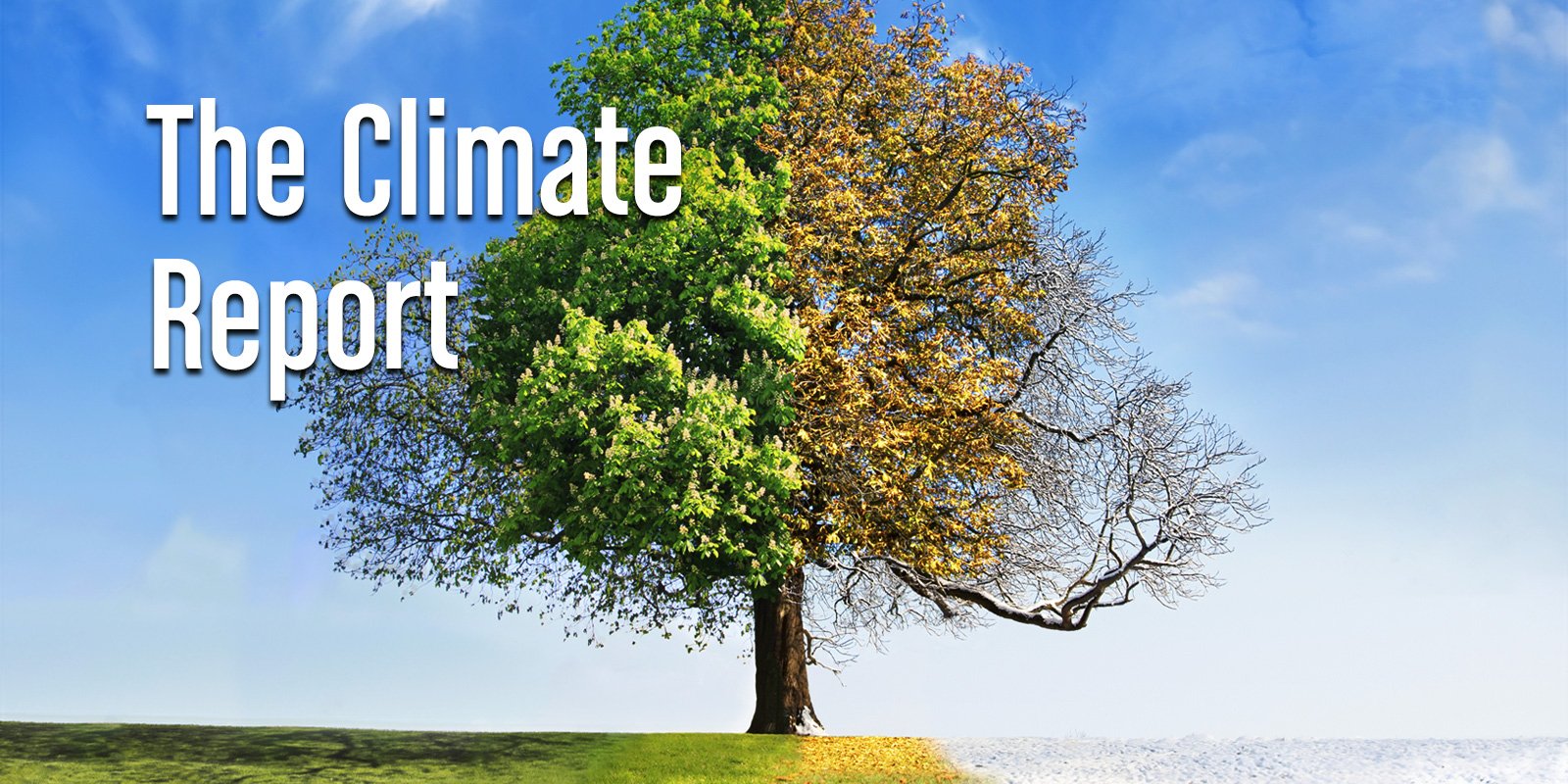
Challenges to Safer Affordable Fuel-Efficient Vehicles Rule Keep Coming
On June 26 and 29, 2020, the petitioners in Union of Concerned Scientists v. NHTSA, Case No. 19-1230 (D.C. Cir.), filed briefs with the U.S. Court of Appeals for the District of Columbia Circuit, arguing against the first part of the Safer Affordable Fuel-Efficient ("SAFE") Vehicles Rule, known as the "One National Program" Rule (the "Rule"). The petitioners include environmental and public health groups, as well as about two dozen states and several major cities (collectively, the "Petitioners"). The U.S. District Court for the District of Columbia has consolidated and stayed three cases in which the Petitioners in the D.C. Circuit case challenged the same action of the National Highway Traffic Safety Administration ("NHTSA"). California v. Chao, No. 19-cv-2826-KBJ (D.D.C., filed Sept. 27, 2019) See California and Other States File Lawsuit Challenging Federal Regulations that Preempt State Automobile Emissions Standards, The Climate Report, Fall 2019.
Under the Rule, the NHTSA and the Environmental Protection Agency ("EPA") assert that the federal Energy Policy and Conservation Act of 1975 ("EPCA") gives the Department of Transportation the right to set national fuel economy standards that preempt similar state laws, including those that regulate greenhouse gas ("GHG") emissions from new passenger cars and light trucks (hereinafter, the "Preemption Rule"). The Rule specifically identifies the state of California's GHG emission and zero-emissions vehicle ("ZEV") standards, which have been adopted by 12 other states, as preempted laws because they conflict with NHTSA's fuel economy standards. The Rule provided the basis for EPA's decision to rescind California's waiver from the federal Clean Air Act ("CAA") that allows California to set its own more stringent GHG standards and a ZEV program.
The Petitioners call the federal government's actions "unprecedented," "unauthorized," and "unfounded." First, they argue EPA lacks authority to withdraw the California waiver. They state that the CAA gives the EPA "narrowly circumscribed authority to deny California a waiver in the first instance[,]" not the power "to preempt state standards after they have taken effect." They also rebut the grounds for EPA's withdrawal of the California waiver—that California's GHG and ZEV standards are not needed to meet compelling and extraordinary conditions—by highlighting "the severe threats" California faces from climate change.
Second, the Petitioners challenge the EPA's determination that Section 177 of the Clean Air Act does not permit other states to adopt or enforce California's GHG emission standards. They state that "Section 177 unambiguously authorizes eligible States to adopt California's standards for vehicular emissions of any pollutant." According to Petitioners, this power belongs to the states, and states alone.
Finally, the Petitioners argue that the court of appeals lacks original jurisdiction to review NHTSA's Preemption Rule. They originally sought review of the Preemption Rule in district court on the basis that no statute authorizes the appellate court to directly review the Preemption Rule. However, because "NHTSA took the opposite view on jurisdiction," the Petitioners filed petitions in the appellate court "as a protective measure" to ensure compliance with the relevant jurisdictional deadlines in case jurisdiction does lie with the appellate court. The parties were ordered to brief all issues, including jurisdiction, in the appellate court. The district court then stayed proceedings pending the court of appeals' review. See Chao, Minute Order (Feb. 11, 2020). The Petitioners contend that because the court of appeals "cannot directly review NHTSA's Preemption Rule, it must dismiss the protective petitions for review of that rule and await any appeal of the district court proceeding in which the rule has been challenged." Alternatively, if the appellate court does find it has jurisdiction, the Petitioners ask the court to vacate the Preemption Rule because it exceeds NHTSA's authority.
The Petitioners have asked the court to vacate the EPA's withdrawal of California's waiver and CAA Section 177 determination, as well as dismiss the protective petitions challenging NHTSA's action for lack of jurisdiction. While the EPA has not commented on the pending litigation, industry groups and public interest groups have voiced concerns over the Rule's potential harm to investments in technology, as well as efforts by states to protect the well-being of their citizens. Unless the court sides with the Petitioners, the Rule may enable the federal government to preempt other state programs that aim to improve air quality, protect public health, and reduce the impacts of climate change. Challenges to the broader SAFE Vehicles Rule are also ongoing, further complicating and prolonging an ultimate resolution of these issues.


